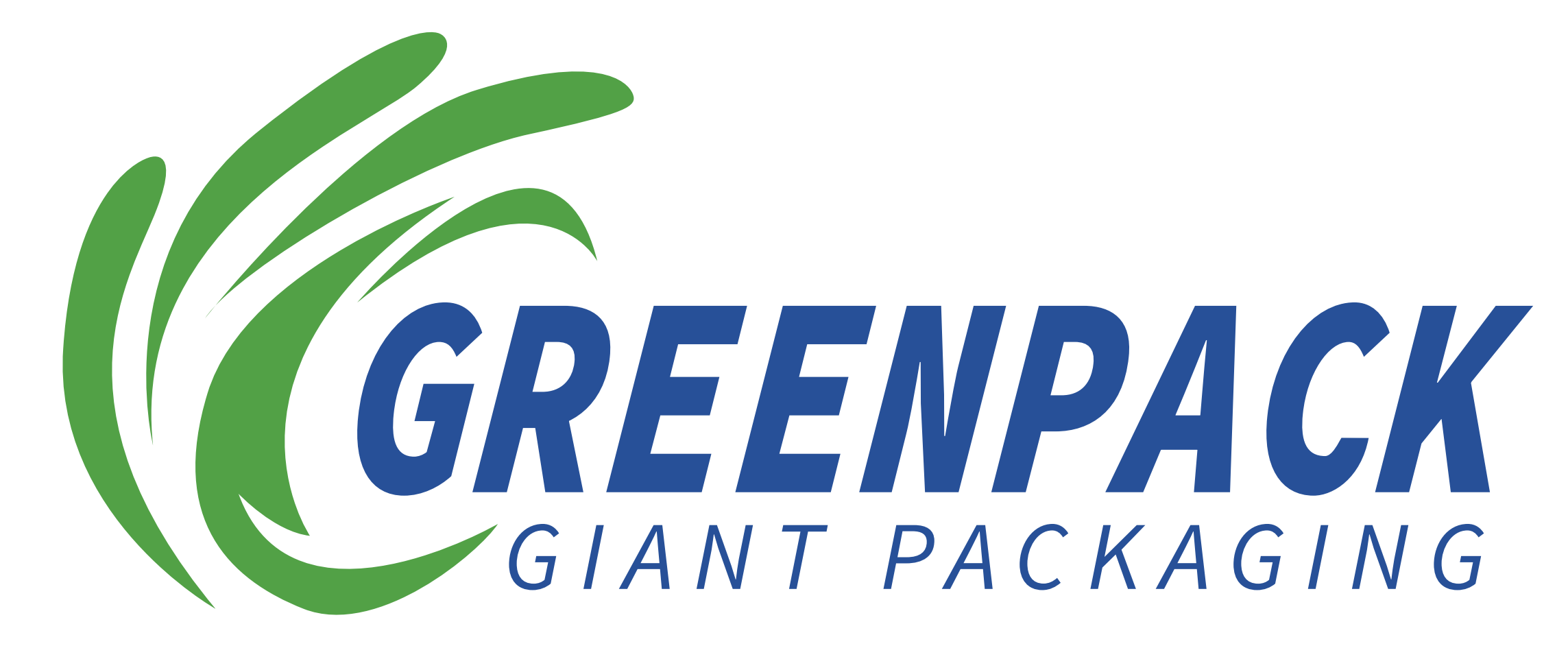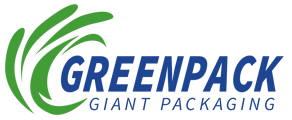Why Moisture Control Is Critical for Dry Fruits Packaging Bags
Understanding moisture-proof packaging for dried fruits
Packaging that keeps moisture out relies on special barrier materials to protect dried fruits during storage. The films used are pretty effective at creating a sort of sealed space inside the package which stops outside humidity from getting in while still letting the fruit keep its texture and taste. When manufacturers manage to keep the humidity level inside these packages under around 5-7%, they stop the fruits from absorbing too much water again. This matters because nobody wants those once-crisp apricots turning soft and squishy, or almonds going from crunchy to meh after sitting on store shelves for weeks.
How moisture affects texture, flavor, and shelf life
Dried fruits have this natural tendency to soak up moisture, even when packaging isn't completely sealed tight. When they do absorb extra water, several problems start happening. First, enzymes get activated again which changes how the fruit feels in our mouths. Then sugars begin to form crystals, making the texture gritty instead of smooth. And worst of all, molds grow much quicker, speeding up the whole rotting process. A study done by some agricultural researchers showed something pretty interesting about walnut storage conditions too. They found that walnuts kept in environments with around 12% humidity started tasting bad way sooner compared to ones stored at the ideal 5-7% humidity level. The reason? The fats inside the nuts oxidize much faster under higher moisture conditions, creating those unpleasant rancid flavors we all know and hate.
Data insight: 60% of spoilage linked to poor moisture control
According to industry reports, around 60 percent of all dried fruit losses happen because the packaging doesn't block moisture properly, as noted in the Food Logistics Report from 2023. Just a tiny bit more humidity while these goods are being transported can really hurt their quality. For instance, if humidity goes up by just one percentage point, cashews lose about 18% of their crunch and there's a 37% jump in microbes growing inside them. These days, many companies are starting to use smart packaging for dried fruits that actually changes colors when too much moisture gets in. This color shift acts as a warning system so folks can check the condition of the product right away without opening the bag first.
High Performance Barrier Materials in Dry Fruits Packaging Bags
Essential Packaging Materials and Their Properties
Good packaging for dry fruits needs special materials that stop moisture getting in while still being tough enough to handle transport and storage. The market has several standard choices available today. Metallized PET is popular because it bends easily without breaking and keeps moisture out pretty well with vapor transmission rates below 0.05 g per square meter per day. For those wanting maximum protection against dampness, aluminum foil laminates are hard to beat since they create almost complete barriers against moisture, which makes them great for products stored over extended periods. Then there's BOPP, or biaxially oriented polypropylene as it's formally known. This material shines when transparency matters and can withstand accidental punctures during handling. However, BOPP alone isn't good at stopping moisture so manufacturers often apply extra coatings to get the needed level of protection for dry fruit products.
Metallized PET, Aluminum Foil Laminates, and BOPP Comparisons
| Material | Moisture Barrier (g/m²/day) | Flexibility | Light Blocking | Cost Index |
|---|---|---|---|---|
| Metallized PET | <0.05 | High | Partial | 1.2 |
| Aluminum Foil Laminate | ~0.01 | Moderate | Complete | 1.8 |
| BOPP with Coating | 0.1–0.3 | High | Low | 1.0 |
Research identifies aluminum foil laminates as the gold standard for moisture-sensitive products, while metallized PET provides a balanced solution for cost-conscious bulk operations. BOPP remains widely used for resealable formats but typically requires multi-layer construction to meet extended shelf-life demands.
Moisture Barrier Properties: Testing Standards and Real-World Performance
Standards like ASTM F1249 and ISO 15106-3 regulate moisture vapor transmission rate (MVTR) testing, ensuring packaging meets critical thresholds. However, real-world performance often varies field studies show aluminum laminates maintain less than 1% moisture ingress over 12 months, while metallized PET may experience 3–5% degradation in high humidity environments despite strong lab results.
Industry Paradox: Cost vs. Long Term Preservation Efficiency
Although aluminum foil laminates increase material costs by 25–40% compared to BOPP, they reduce spoilage losses by up to 70% in bulk applications. This creates a clear return-on-investment tipping point at 6–8 months of storage, making high-barrier solutions economically advantageous for exporters and large-scale distributors focused on quality retention.
Integrated Protection: Combining Oxygen and Moisture Barriers in Packaging
Barrier Packaging to Protect Against Moisture and Oxygen
High-barrier films with moisture transmission rates below 2 g/m²/24h form the foundation of effective dry fruits packaging. Metallized PET and aluminum foil laminates also deliver oxygen permeability of 0.02–0.05 cc/m²/day, blocking over 98% of ambient gases in controlled environments, thereby protecting against both moisture and oxidation.
Nitrogen Flushing to Prevent Oxidation and Moisture Absorption
Modified Atmosphere Packaging (MAP) replaces oxygen with inert nitrogen gas during sealing, reducing residual O₂ levels below 1%. This process inhibits lipid oxidation in nuts by 72% (Food Chemistry, 2023) and stabilizes vapor equilibrium, minimizing internal moisture migration.
Combining Inert Gas Flushing With High Barrier Films
Top-tier manufacturers pair nitrogen flushing (85–95% concentration) with 120–150μ composite films to achieve synergistic preservation. This combination maintains relative humidity fluctuations under 5% during 12-month storage, which is essential for retaining the crispness of almonds and walnuts.
Case Study: Oxygen Scavengers Boosting Shelf Life by 40%
Trials integrating iron-based oxygen scavengers reduced headspace oxygen from 0.8% to 0.1% within 48 hours. This intervention extended pistachio shelf life from 9 to 16 months while staying within ISO 1991-1:2023 rancidity limits, as confirmed in controlled atmosphere studies .
Sealing Integrity and Airtight Design for Bulk Dry Fruits Packaging Bags
Packaging Techniques and Sealing Methods for Airtight Integrity
Getting reliable seals right in dry fruit packaging takes some serious engineering know-how. Most manufacturers still rely on heat sealing techniques where they bond several film layers together at temperatures between 120 and 180 degrees Celsius. These setups typically produce peel strengths above 25 Newtons per 15 millimeters according to Packaging Technology & Science research from 2021. Meanwhile ultrasonic sealing methods are becoming increasingly popular for delicate materials such as metallized PET films because they work with high frequency vibrations rather than applying direct heat. For vacuum sealed packages, about 95 to 99 percent of the air gets removed prior to closing the package which helps prevent oxidation issues down the line. Interestingly enough, film contamination remains the biggest problem causing seal failures across the industry, responsible for roughly 18% of all defects seen during mass production runs as noted by Ilhan and colleagues back in 2021.
Heat Sealing vs. Ultrasonic Sealing: Precision and Reliability
| Factor | Heat Sealing | Ultrasonic Sealing |
|---|---|---|
| Temperature Exposure | 120–180°C | Ambient |
| Seal Strength | 25–40 N/15mm | 30–45 N/15mm |
| Material Compatibility | Multi-layer laminates | Sensitive films |
| Speed | 12–18 bags/min | 8–14 bags/min |
While heat sealing achieves 98.2% initial integrity in high barrier dry fruits packaging bags , ultrasonic methods reduce thermal degradation by 73% in trials. Heat sealing performs better in humid conditions (85% success vs. 78% for ultrasonic), but requires tighter temperature control (±2°C).
Leak Testing Protocols in Bulk Production Lines
Inline pressure decay tests that are automated can catch really tiny leaks down to about 10 microns while running through around 150 bags every minute. These systems stop roughly 92 percent of problems caused by moisture according to the latest Flexible Packaging Report from 2023. Helium leak detection is even better at spotting small issues, with sensitivity levels around 0.1 cc per 100 grams annually. However most companies still don't use it because these machines cost between eighteen thousand and twenty five thousand dollars, which keeps them out of reach for about two thirds of manufacturers. For best results many experts recommend pairing vacuum bubble testing following ASTM D3078 standards along with regular checks using tracer gases once a month. Companies that tried this approach saw their defective product shipments drop by almost half during test runs last year.
Innovative Bag Formats and Shelf Life Extension for Dry Fruits Packaging
Gusseted Bags and Doypacks: Functionality in Bulk Logistics
When it comes to packing bulk dry fruits, gusseted bags with those expandable sides can hold about 30% more stuff compared to regular flat pouches. The bottom part is extra strong so they don't tear when stacked on top of each other in storage. And let's not forget about those stand-up doypacks either. According to Packaging Digest from last year, these actually save around 18% of warehouse space. Most manufacturers find that these bag designs work really well with their automatic filling machines too. This means less manual labor needed when running large scale operations, which obviously cuts down on overall costs in the long run.
Trend Analysis: Rise of Resealable Doypacks in Wholesale Markets
Resealable zipper closures now feature in 52% of bulk dry fruits packaging orders, driven by demand for portion control. This design limits product exposure to ambient humidity during repeated access, preserving crispness 2.3 times longer than tie-closure bags, according to industry material studies .
Optimal Moisture Content Before Packaging: Industry Benchmarks
The International Nut & Dried Fruit Council specifies maximum moisture levels of ±6% for almonds and ±8% for apricots prior to packaging. Advanced dehydration systems using infrared sensors achieve ±0.2% moisture precision, crucial for avoiding condensation inside sealed bags during temperature shifts.
Humidity Control Strategies During Storage and Transit
Three-layer desiccant cards placed in shipping cartons maintain relative humidity below 15% across supply chains. When paired with breathable membrane patches on outer packaging, this dual-phase system prevents moisture buildup while allowing natural gas exchange–reducing spoilage by 67% in tropical climates (USDA 2023).
Real World Data: Extending Shelf Life From 6 to 18 Months
Accelerated shelf life testing confirms that combining metallized PET liners with nitrogen flushing extends walnut preservation from 6 to 18 months. Field data from industrial packaging trials shows only 2.1% quality loss in pistachios after 12 months at 25°C/60% RH, compared to 23% degradation in standard PE bags.


